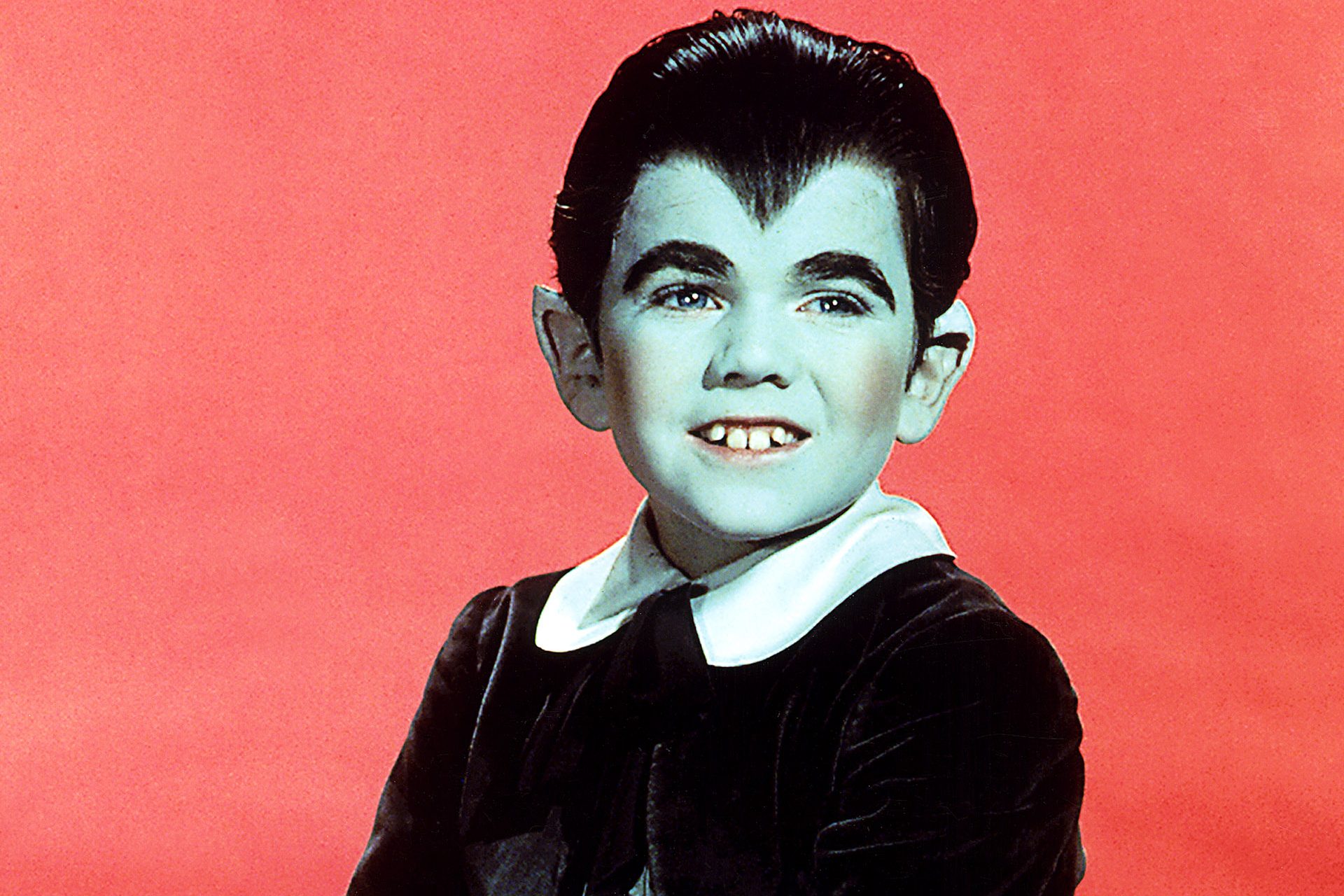Nightcrawlers: Why cockroaches target people's ears
While it may be the stuff of nightmares, it’s disturbingly common for cockroaches to crawl into people's ears at night. According to one South African study, roaches were the top insect to be pulled out of ears (10 incidents in two years at a single hospital). Read on for real-life stories and the reasons why it's far too common.
While living in a roach-infested apartment, Florida man Blake Collins woke up in the middle of the night to feel a roach burrowing inside his head. "It felt like someone was shoving a Q-tip all the way inside my head and there was nothing I could do to stop it," he told the Tallahassee Democrat.
Collins rushed to the hospital, and the doctor used a syringe to put lidocaine into the ear. "I heard it die in my head," Collins said. "When he poured the lidocaine in, I could feel him go super, super fast, kicking and trying to dig its way out, and a faint little squeal, and then two minutes later, it just stopped and he died." It turned out the roach had even laid eggs.
On a November 2022 episode of "I'm A Celebrity… Get Me Out Of Here!" former England soccer player Jill Scott had a cockroach climb right into her ear canal during an ill-advised challenge involving dozens of cockroaches.
Image: 'I'm a Celebrity... Get Me Out of Here!' (Series 22) / ITV1
The show's medic squirted some liquid into Scott's ear, causing her to say: "It's now in my brain… ugh. It feels so weird." Eventually, the medic was able to retrieve the roach with a pair of tweezers. In another season, a roach had to be removed from a celebrity's nose.
Image: The cockroach pulled from Scott's ear: 'I'm a Celebrity...Get Me Out of Here!' (Series 22) / ITV1
Katie Holley, another Florida woman, wrote in 'Self' magazine about her nightmare experience. She was jolted awake by something in her ear, so she grabbed a cotton swab to see what was up. "When I pulled the cotton swab out, there were two dark brown, skinny pieces stuck to the tip. Moments later, I came to the realization that they were legs. LEGS."
Image: Katiejholley / Instagram
After hyperventilating and having her husband confirm that "there was a roach trying to burrow its way to my brain," she had her husband (pictured) grab some tweezers to try to pull it out. He only got a couple of legs so they rushed to the ER where doctors killed the roach and removed it.
Image: Katiejholley / Instagram
Nine days after the removal, Holley's ear still didn't feel normal. She went back to the hospital, and doctors were horrified to discover there were still remains of the roach. And no, it wasn't just a "teensy leg or two" but "THE ENTIRE HEAD, UPPER TORSO, MORE LIMBS, AND ANTENNAE" of the bug, she wrote. After, she was still paranoid that parts remained.
In 1985 the New England Journal of Medicine reported that one patient had roaches in both ears. When they were sprayed with lidocaine, one of the roaches shot out "at a convulsive rate of speed and attempted to escape."
A Singapore TikToker recently documented her horror story. When she was sleeping, a roach crawled into her ear. She woke up in a state of panic and "whacked it really hard," making it run deeper down her ear. She could feel it wriggling and eventually drowned it with Listerine. She tried to pull it out but broke it into pieces, so she rushed to the hospital.
Image: Nadia.Limzq / TikTok
She said the process of getting it professionally removed was a disgusting, painful experience. She added that she almost fainted when the doctor "pulled out the severed body of the cockroach with its feelers out of my ear."
Image: Nadia.Limzq / TikTok
Over the course of one year, a Los Angeles hospital had to remove 98 objects from ears, according to a 1993 study. The number one item, constituting nearly half of the objects (48) were cockroaches. Other items included bread, cotton, a garlic clove, and a popcorn kernel.
Image: 'Can a Cockroach Get Stuck in Your Ear? / How Common Is It?' SELF/ YouTube
Entomologist Coby Schal of North Carolina State University told National Geographic that earwax could be an appealing snack for roaches. Since ears harbor bacteria that produce volatile fatty acids that give off a smell that roaches love, they attract them. Nasal secretions can also be appealing, but nose roaches are much less common.
Schal told The Verge that roaches are also drawn to the human ear because it has all the conditions that a cockroach loves: a cozy, small, warm, humid place. "By going into the ear, that's like a safe place to eat or rest," he said.
Cockroaches are nocturnal creatures that are most active during the nighttime. That's why the vast majority of cases occur when humans are dozing calmly in their beds.
A National Geographic video shows that cockroaches and their flexible exoskeletons are capable of squeezing into tiny crevices — ones as small as a quarter of their body height. That includes ear canals and sinus cavities, which are longer than one may think.
Image: 'Cockroaches Survive Squeezing, Smashing, and More,' National Geographic / YouTube
When a roach crawls into an ear, it often gets stuck because people react by scratching and pushing it deeper in. So don't reach for a Q-tip or tweezers because that could only push it in deeper, rupture it and risk tearing your eardrum.
DYI ear roach kills usually end up crushing the critter, which makes it release a bunch of bacteria. Doctors generally use oils or lidocaine before pulling it out, but those chemicals can make the cockroaches defecate and vomit before passing away. "It emits all sorts of bacteria, fungi, and nasty stuff," said Schal.
Photo: Nowshad Arefin / Unsplash
That's another reason why it's important to go to the doctor for removal — because medical professionals can clean out the ear afterward. They'll usually send patients home with some antibacterial ear drops and oral antibiotics too.
The most common roach to go into ears is the German cockroach, which can live for about a week without food and water. They are usually up to 0.6 inches (1.5 centimeters long). Larger cockroaches like the American cockroach that inhabits sewers are too big to fit… at least as adults.
According to National Geographic, a roach in the ear is mild compared to leeches that can enter into other orifices including the eyes, urethra, or rectum. The most disgusting may be the Tyranobdella rex, or T. rex, a leech (shown) with huge teeth that is found in Peru that saws its way into orifices.
Image: Anna J. Phillips, et al / Public Library of Science (PLOS)
































